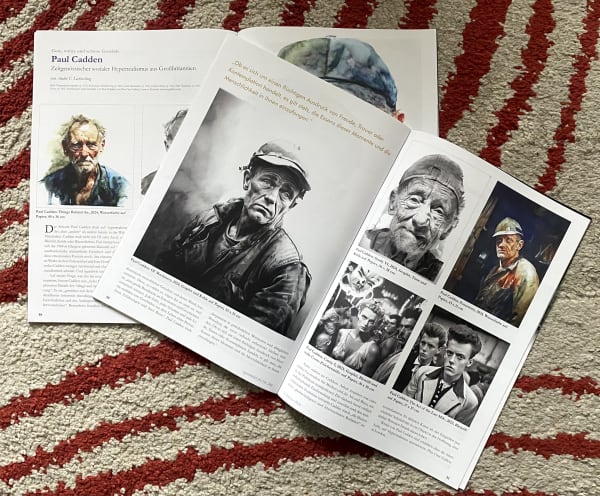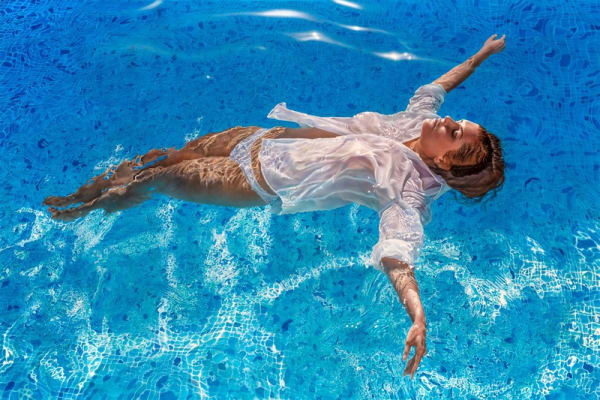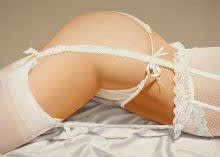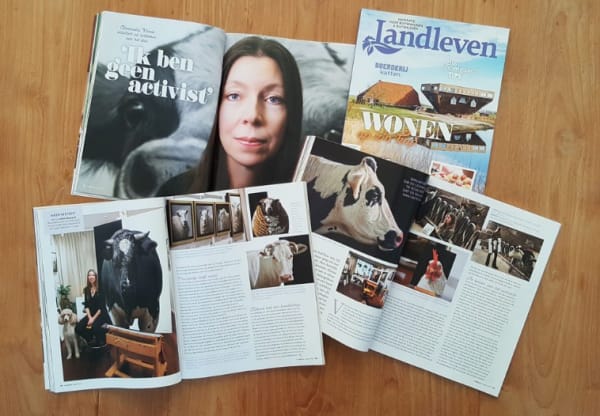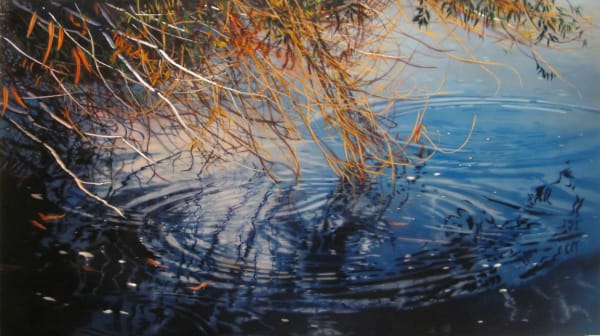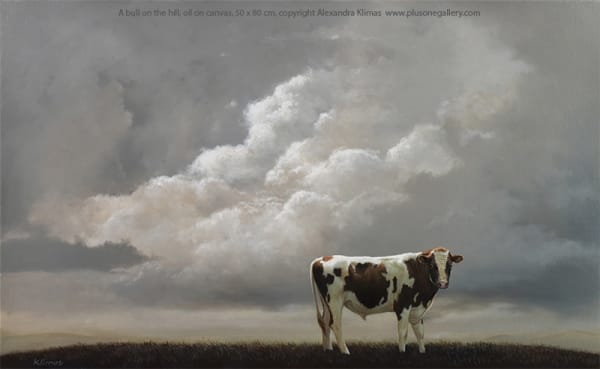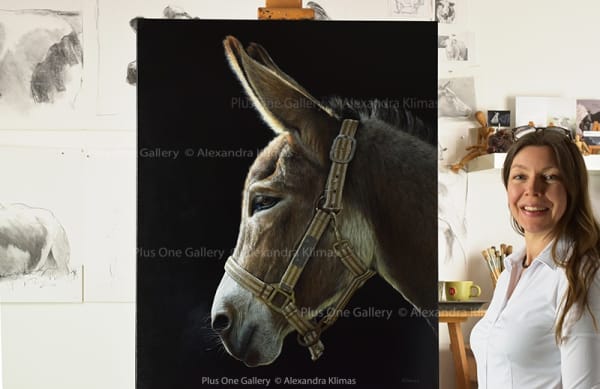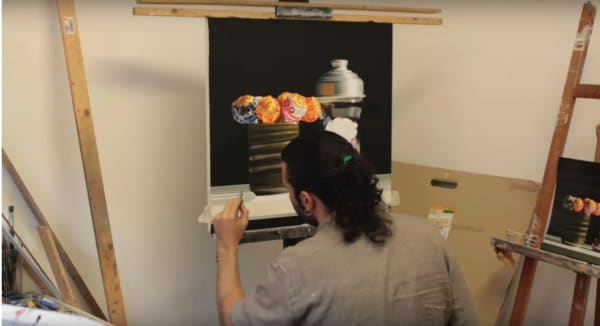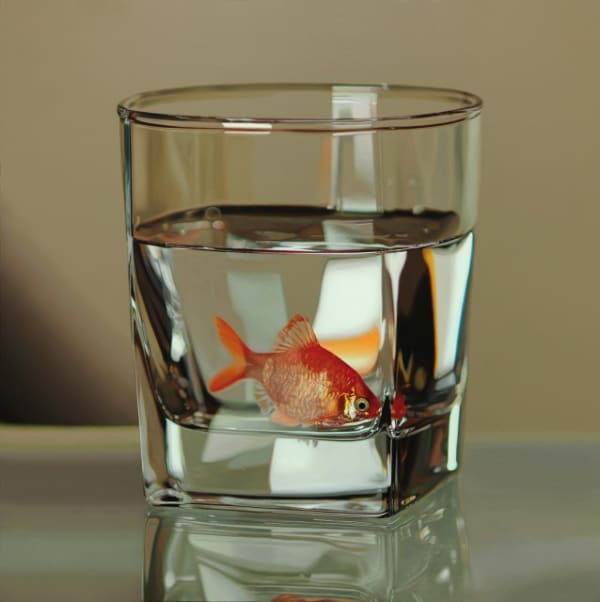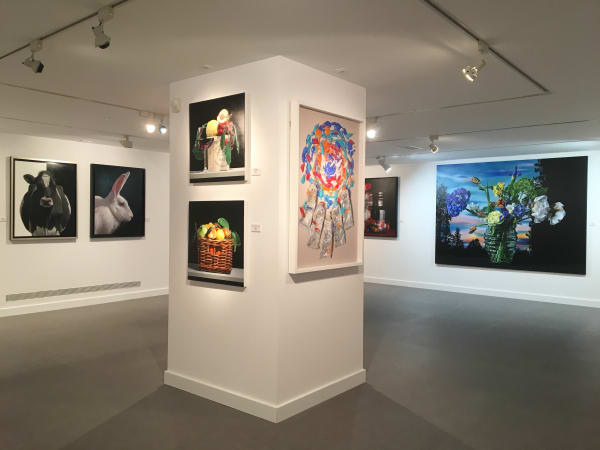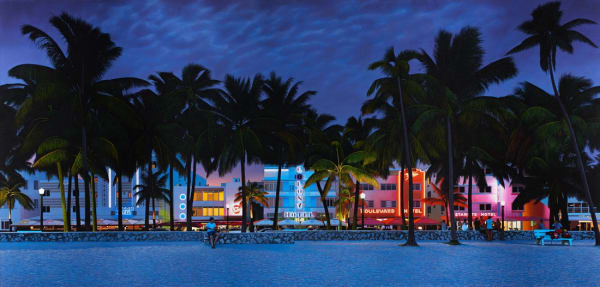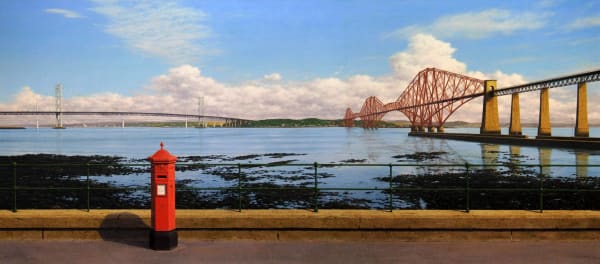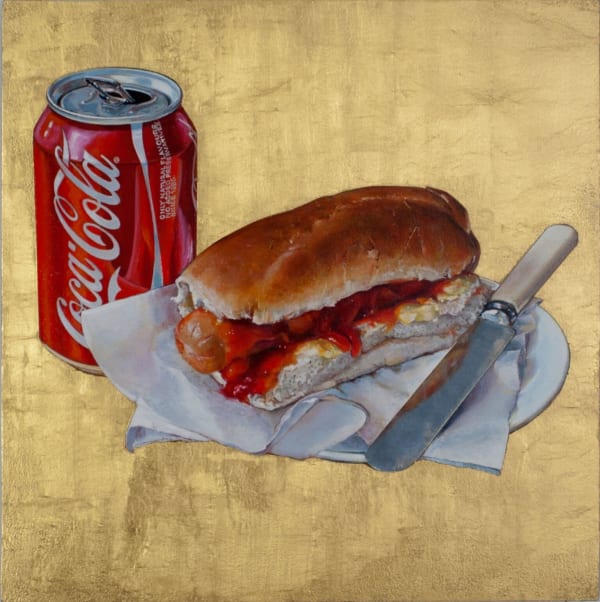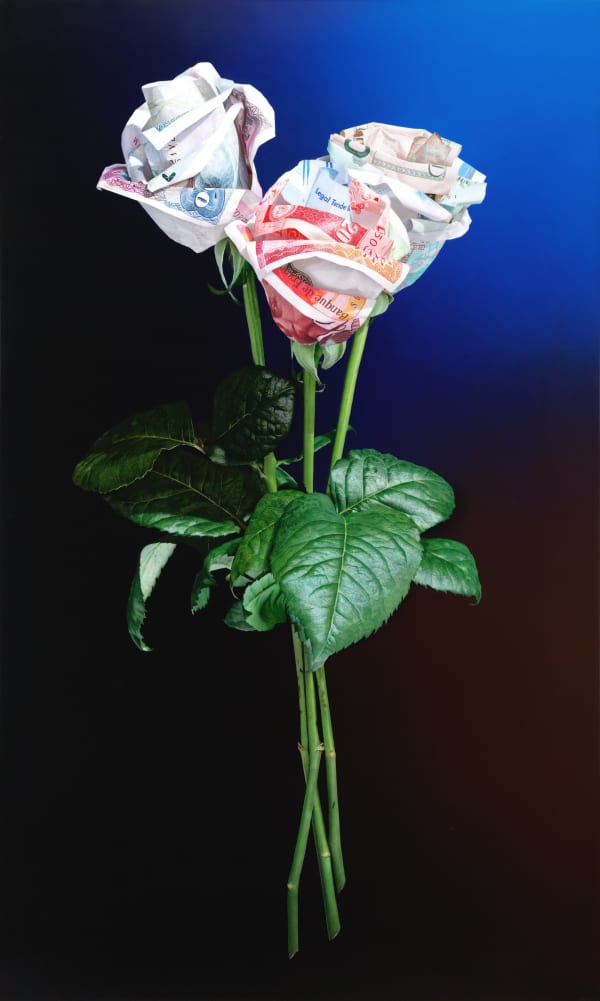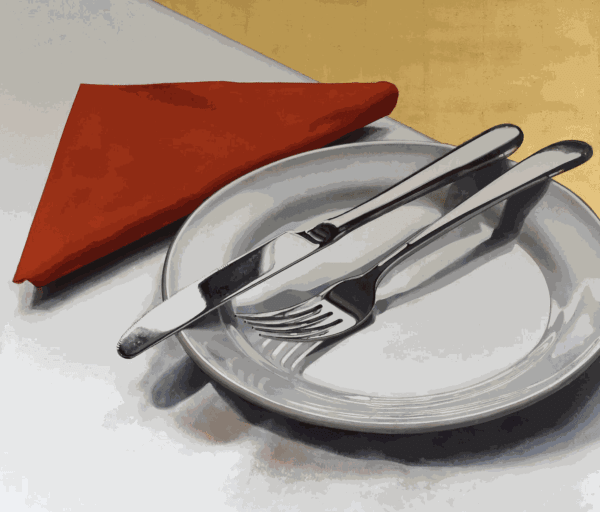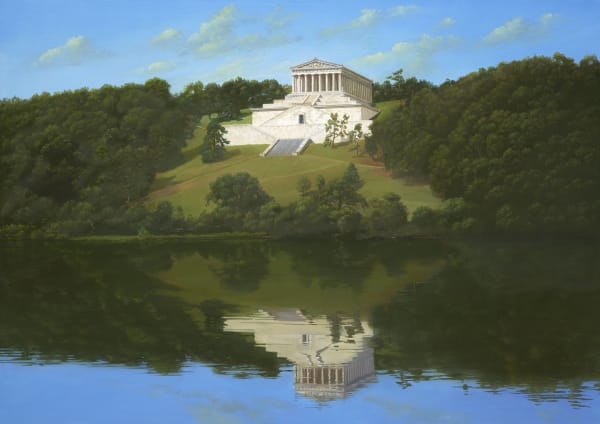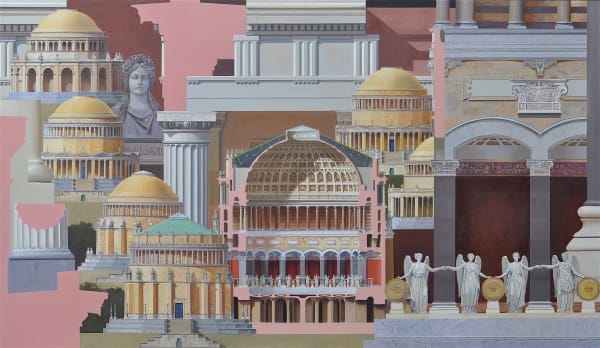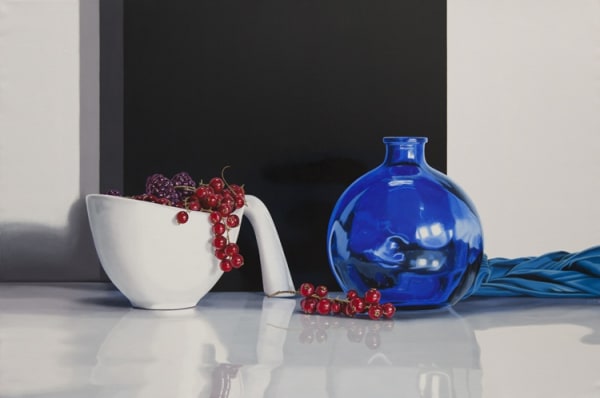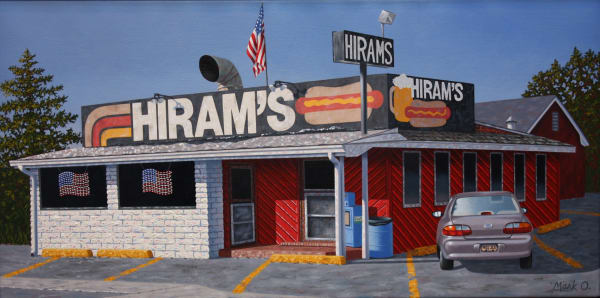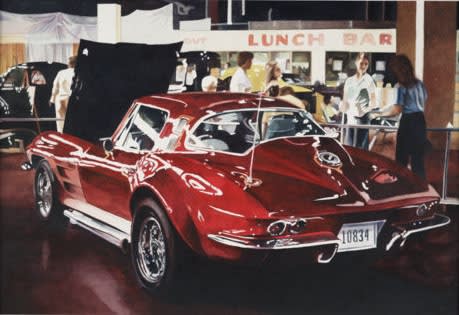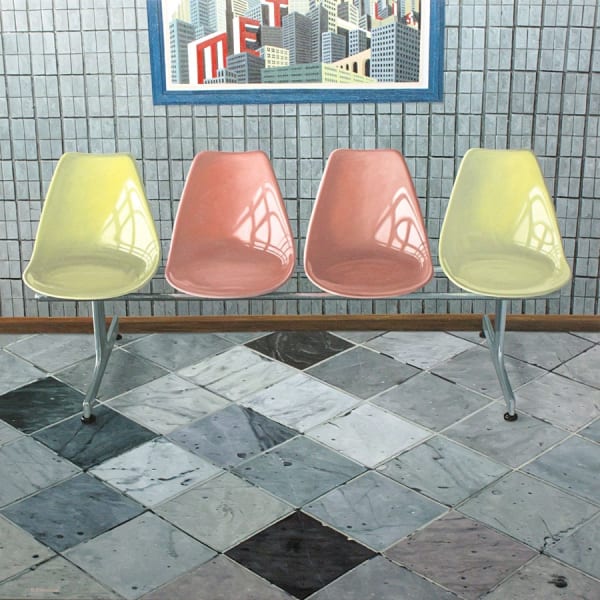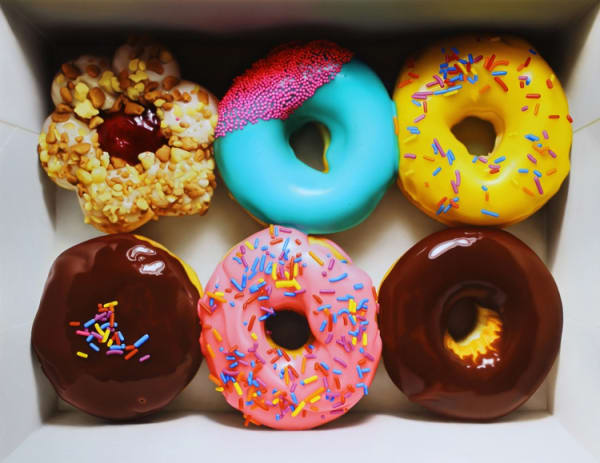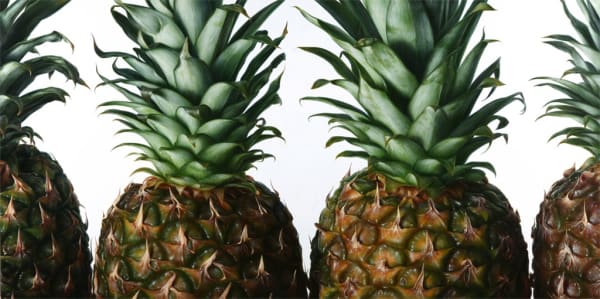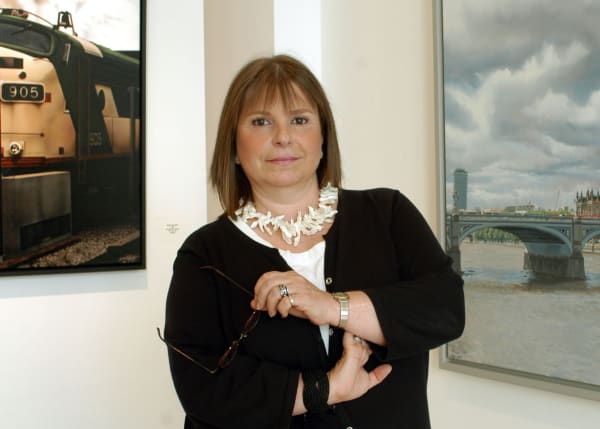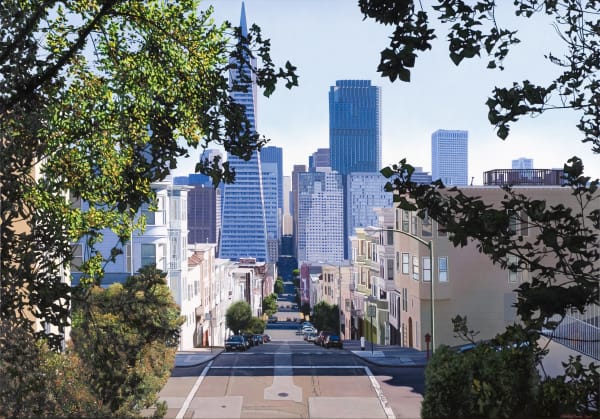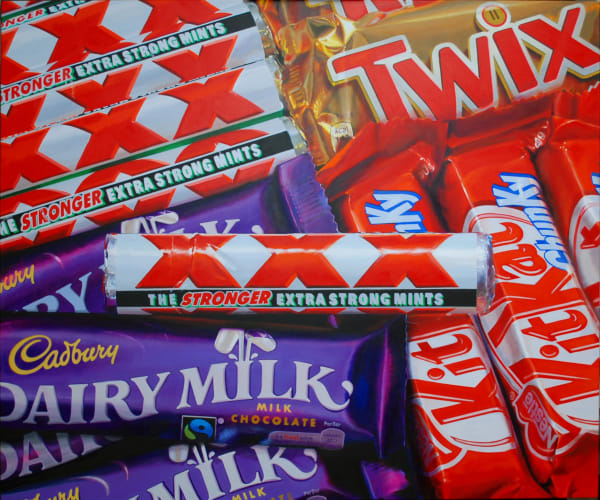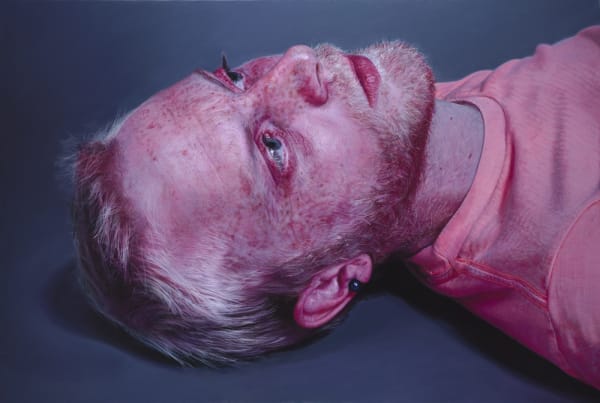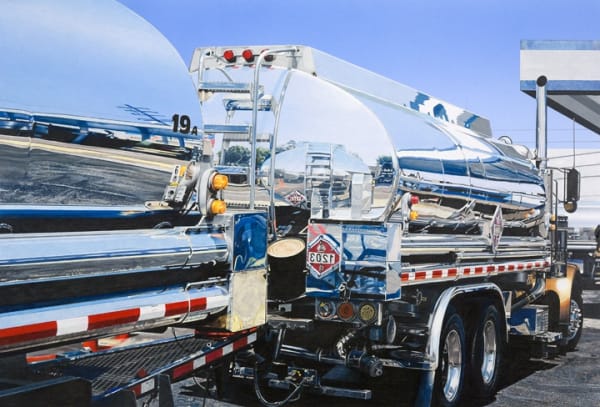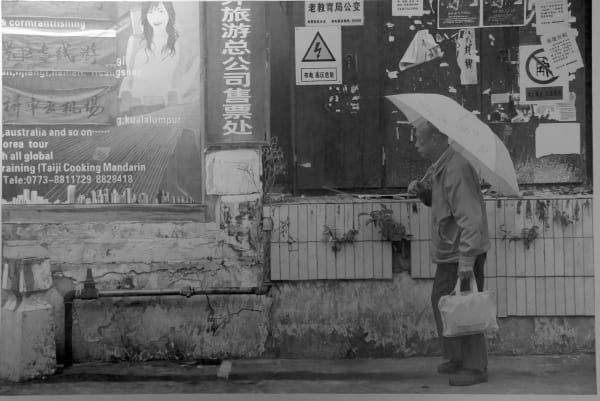Built around imagery of recognisable brands, celebrity cults and everyday life, consumerist art is rooted in the present social context, commenting on the dominant cultural values and the world we live in. But is this genre of art a playful celebration of consumerist culture or does it critique the way modern society’s values, are deeply rooted in commerce?
In the mid-1950s, Pop Art became the first high profile movement to explore consumerism and mass reproduction. America enjoyed a period of prosperity during the post-war era, allowing for a lifestyle of leisure and comfort within society. Pop artists created works that documented and questioned our everyday lives and experiences – something they thought had previously been missing in the art world.
The previously dominant movement of Abstract Expressionism, which explored spirituality and the subconscious mind, became detached and unrelatable to the everyday lives of ordinary people. Pop Art thrived as it immersed itself in the mundane everyday, blurring the boundaries between fine art and mass production. It was about capitalism, sex, money and an insatiable need for more.

Cynthia Poole - "Media Studies" acrylic on canvas, 92 x 92 cm
Many American Pop artists embraced commercialism. Andy Warhol, one of the movement’s most influential pioneers, challenged long established beliefs about the nature of art. He embodied the zeitgeist of the post-war era and, using mass produced techniques to fabricate his work, eradicated the distinction between popular culture and high art.
However, British Pop Art was more critical towards consumer culture. Artists such as Eduardo Paolozzi and Richard Hamilton satirically presented their perception of consumerism in Europe which were largely undeveloped at the time.
Photorealism evolved from Pop Art in the late 1960s. Photorealists were similarly inspired by consumerism and sought to convey commercial life in a more evocative reality. Hyperrealism came to prominence at the turn of the millennium and is often considered an advancement of Photorealism.
Though photographic in essence, Hyperrealism places more focus on the subject, allowing for more expression and narrative. Many Hyperrealists have been influenced by Pop art, exploring similar themes around consumerism.

Patricia Casanova - "Passion In Your Feet" oil on canvas, 76 x 120 cm
In his iconic Campbell’s Soup Can series, Andy Warhol commented on America’s preoccupation with brand names and material items. Spanish hyperrealist Patricia Casanova makes a similar statement in her paintings of popular brands of shoes. Casanova’s aim is to elevate everyday objects into works of art, mentally transporting us to our everyday reality, while still subtly challenging our consumerist society.
Cynthia Poole also takes branded items as her subjects. Poole’s paintings feature mass-produced confectionary, lifestyle and fashion magazines, cans of Heinz Baked Beans and a range of other commercial elements that, when combined, create a glorious commercial landscape of familiarity and nostalgia.
These compositions emphasise an almost carnal aspect of consumer culture, evoking mixed responses of greed, desire, indulgence, and maybe even guilt. Much like the work of Pop Art pioneers, Poole blurs the boundary between fine art and mass production, highlighting modern society’s incessant need for more.
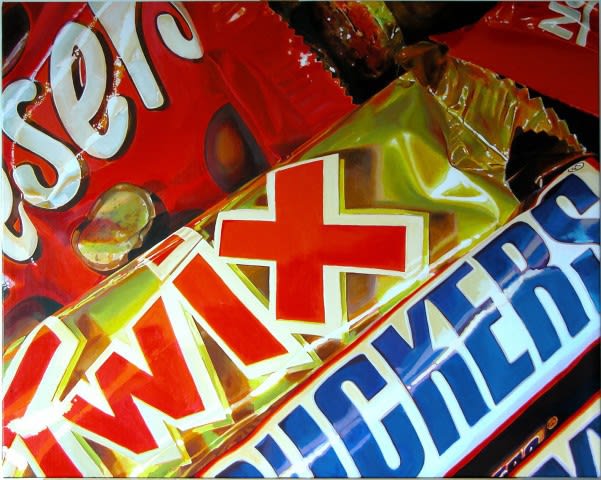
Cynthia Poole -"Snack Bars" acrylic on canvas, 61 x 92 cm
British artist Tom Martin takes a different approach, creating incredibly lifelike yet surreal images to comment on materialism and consumerism.
Martin’s commentary on consumerism is easy to see. In his Safety Blanket series of work, Martin positions vulnerable nude female figures and wraps them in oversized currency notes. In the age of consumerism, we have come to place huge value on money. To some degree, our sense of self-worth and security tends to rise and fall with our income. Being able or unable to satisfy our material needs can equal pain or pleasure. It is also interesting to see that he has depicted a female rather than a male in his image, this could be a comment on the growing objectification of women in the media and society in the 21st Century. An attractive woman has become as much of an accessory to a consumerist lifestyle as a yacht or a fancy car.

Tom Martin - "Safety Blanket II" acrylic on panel, 105 x 140 cm
Martin has also produced work that plays on the old adage ‘money makes the world go round’. Of course, scientifically money does not make the world go round, but it is the energy that keeps the worlds of finance and commerce running – worlds that have become so vital to modern day society.
By covering a globe in currency, Tom Martin acknowledges that money is absolutely fundamental to the continuation of consumerism. It also suggests that society has become detached from the natural and scientific splendour of the world, instead becoming more connected with material values.

Tom Martin - "Makes the World Go Round V" acrylic on aluminium composite panel, 85 x 100 cm
Korean artist Young-Sung Kim also questions how consumerism has altered our connection to the natural world. Kim uses contrasting subject matter to illustrate the distinction between the living and the material, seeking for the viewer to consider the meaning and value of living creatures in modern society.
Kim concentrates his exploration of life on small creatures such as snails, frogs and goldfish. He paints these species resting on man-made objects such as cutlery and glassware. The coexistence of natural and artificial critiques the level at which we place value on the material and reveals humanity’s negligence of life towards other living things.
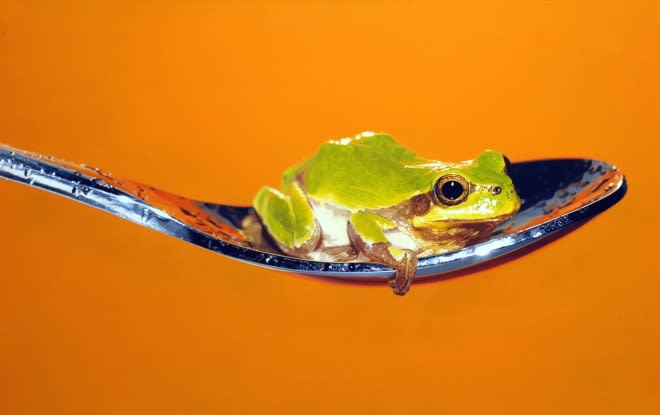
Young-sung Kim - "[Nothing, Life, Object]" oil on canvas, 117 x 73 cm
To book an appointment or for more information please contact us via email on maggie@plusonegallery.com and maria@plusonegallery.com
or by phone on 020 7730 7656.
or by phone on 020 7730 7656.




